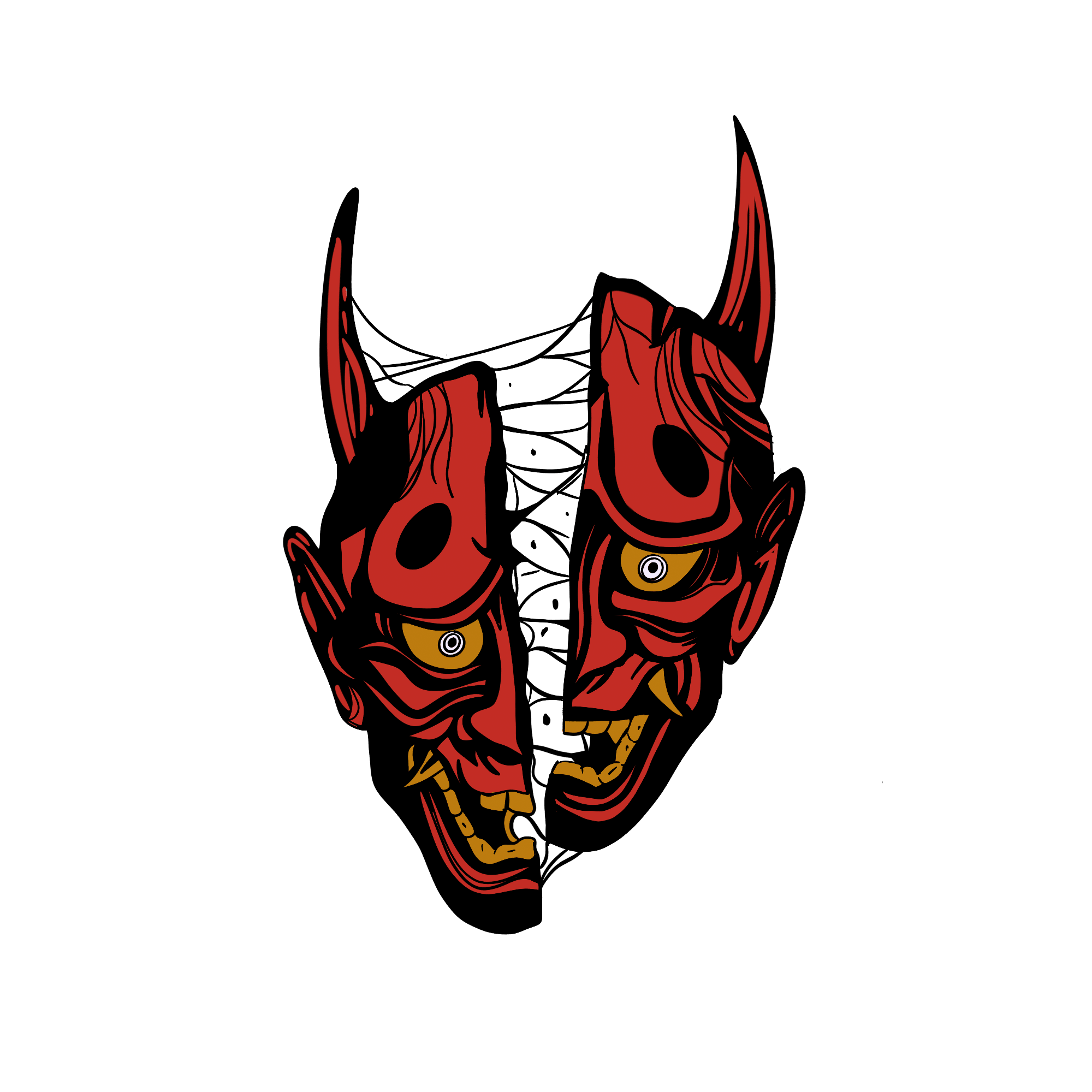Adramelech Chancellor of Hell


In the shadowy realm of demonology, few entities are as enigmatic and intriguing as Adramelech. This ancient demon has captured the imagination of scholars, occultists, and storytellers for centuries. Often associated with power, deceit, and dark rituals, Adramelech remains a mysterious figure in the annals of demonology.
The name Adramelech is thought to have its roots in ancient Semitic languages, particularly Assyrian and Hebrew. In Assyrian mythology, Adramelech was considered a god, a son of the god Ashur, and was often depicted as a human with a donkey's head. Over time, as various cultures and religions developed their own beliefs, Adramelech's image evolved into that of a demon.
In Hebrew demonology, Adramelech is sometimes described as a high-ranking demon, often associated with sun worship, child sacrifice, and even Moloch, another infamous demon associated with child sacrifice in biblical texts. Some sources suggest that Adramelech may have been the chief deity of the city of Sepharvaim, mentioned in the Old Testament.
Adramelech is typically portrayed as a powerful demon, often holding a scepter or a staff of authority. Some depictions also include him as a peacock-headed creature, emphasizing his association with vanity and pride. His dual nature as both a demon and a god underscores his complex and multifaceted character.
One of the most notable aspects of Adramelech's character is his association with deception. He is believed to be a master manipulator, tempting individuals with promises of power, wealth, and knowledge in exchange for their loyalty or souls. This portrayal aligns with the common demonological theme of demons as tempters and tricksters.
Adramelech's influence can be found in various cultures and belief systems. In some interpretations of demonology, he is considered one of the chieftains of Hell, serving under Satan or another dark deity. The demon's allure and association with power have made him a recurring character in literature, art, and popular culture.
Adramelech's prominence can also be seen in the ancient practice of child sacrifice, particularly in connection with Moloch. While the exact relationship between these two demons remains debated, their names are often invoked interchangeably when discussing this horrific aspect of ancient rituals.
In literature and popular culture, Adramelech has appeared in various forms, from novels to video games, where he continues to embody the theme of temptation and deception. His character serves as a cautionary tale about the dangers of pursuing power at any cost.
Adramelech, the demon with roots in ancient Assyrian and Hebrew mythology, remains an enigmatic and complex figure in the world of demonology. Associated with power, deception, and dark rituals, he has left an indelible mark on cultural and literary traditions. Whether seen as a high-ranking demon or a god corrupted by time and belief systems, Adramelech's character continues to captivate the human imagination, serving as a reminder of the eternal struggle between light and darkness, virtue and vice, and the allure of power and the price one must pay for it.
Demons



